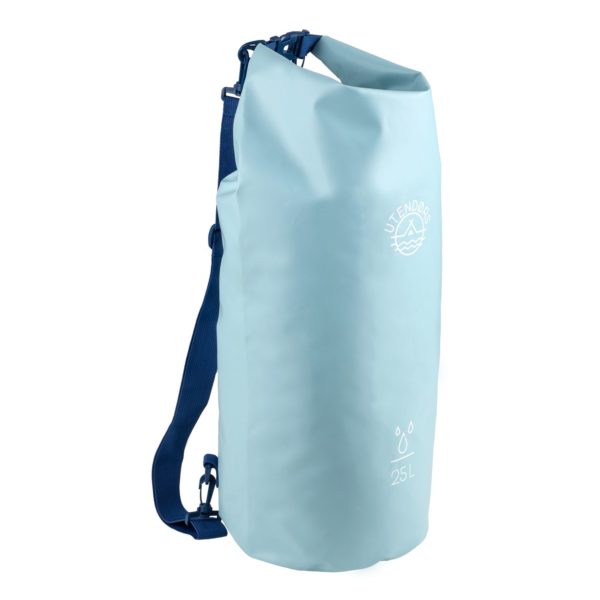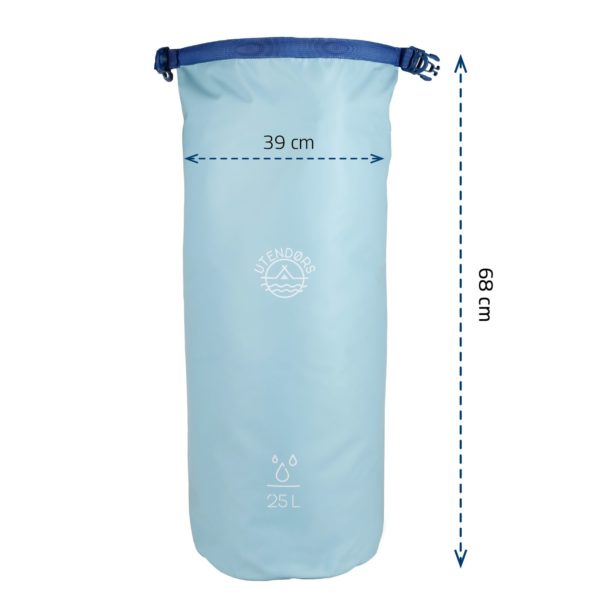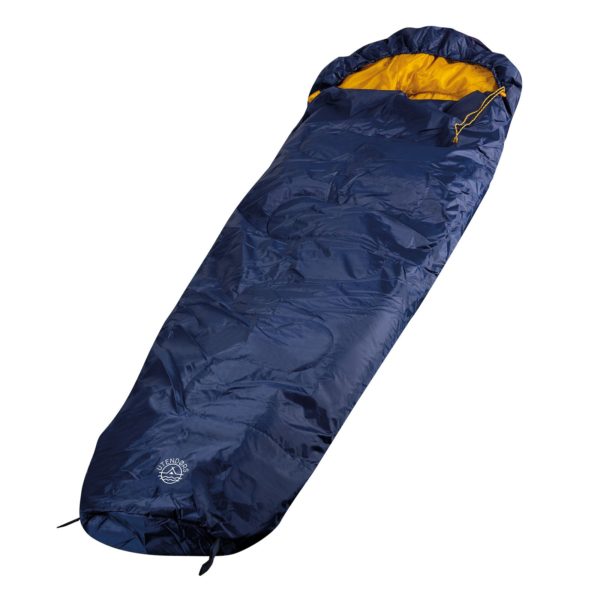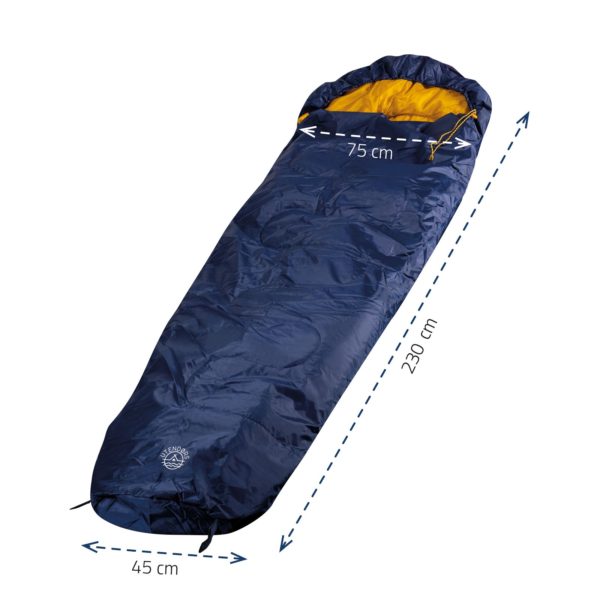This will be a rhetorical question. Who doesn’t like jogging? Only those who haven’t tried it. We are sure of that. Just a few moments on the trail is all it takes to feel a primal connection with nature. It triggers extra energy and enables you to push harder than in the city. Your body will grow stronger as your mind rests from urban noise and everyday problems. The only downside is you won’t want to go back home.
Get ready!
If your dream vacation is fast approaching and you’re planning to go jogging every free moment you have, then slow down and take some advice from us. To avoid injury, you need to strengthen your core at the gym or do bodyweight exercises. Also, long conventional runs will prepare you well for very technically demanding forest running. Many trainers recommend cross-country or cross fit training as well as stabilization exercises. Working on your concentration is also recommended.







